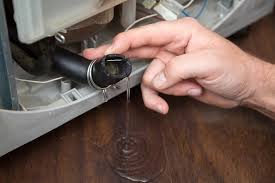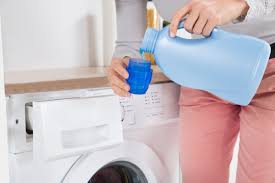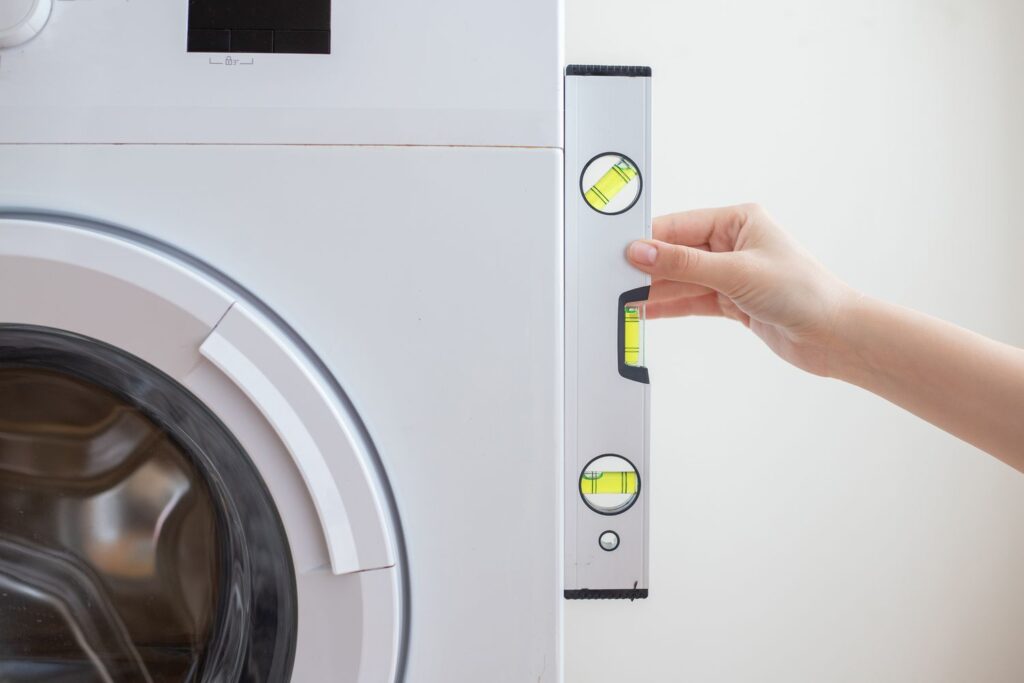Essential Guide on How to Maintain Your Washing Machine
A washing machine is one of those household heroes we rarely think about—until it suddenly stops working. While it’s easy to overlook regular upkeep, a little attention goes a long way in ensuring your machine operates efficiently for years.
Fortunately, you don’t need to be a repair expert to keep things running smoothly. Here’s a straightforward guide to maintaining your washing machine, tailored for everyday users who want to avoid costly mishaps.
1. Clean the Drum and Dispenser Regularly

Detergent residue and fabric softeners can build up inside the drum and dispensers, leading to unpleasant odors or even mold. Once a month, run an empty hot wash cycle with a cup of white vinegar or a specialized washing machine cleaner. Wipe down the inside of the drum and the rubber door seal with a damp cloth, paying close attention to hidden spots where grime can collect.
2. Check and Clean the Filter

It’s easy to forget, but most washing machines have a filter designed to catch lint, coins, and other debris. Over time, a clogged filter can affect the machine’s performance. Check your manufacturer’s instructions for the filter’s location, and clean it every few months—or more often if you have pets or frequently wash heavy loads.
3. Leave the Door Open After Each Wash

After a cycle, moisture trapped inside the drum can cause musty odors or even mold growth. Make it a habit to leave the washing machine door ajar after each use, allowing the interior to air out. If your machine has a detergent drawer, leave that open, too.
4. Avoid Overloading

It can be tempting to stuff in that extra towel or a few more shirts, but overloading puts unnecessary strain on the motor and drum. Not only does this reduce cleaning effectiveness, but it also increases wear and tear. Stick to the recommended load sizes in your user manual for best results.
5. Inspect Hoses for Leaks or Wear

Every few months, take a quick look at the water hoses connected to your washing machine. Cracks, bulges, or leaks can lead to serious water damage. Most manufacturers suggest replacing hoses every five years, even if they look fine on the outside.
6. Use the Right Detergent

If you have a high-efficiency (HE) washing machine, always use HE detergent. Using the wrong type can create excess suds and potentially damage the machine. Even with standard models, avoid using too much detergent, as buildup can clog internal parts.
7. Level Your Machine

If your washing machine is off-balance, you’ll notice loud vibrations or movement during the spin cycle. This not only makes laundry time more annoying but can damage the appliance over time. Use a spirit level to check, and adjust the machine’s feet as needed until it sits flat on the floor.
Final Thoughts: Small Steps, Big Difference
While none of these maintenance tasks are particularly complicated, sticking to a regular care routine can dramatically extend your washing machine’s life. If you’re ever unsure about a specific issue or want to dive deeper into appliance care, sites like Appliance Rescue are a great resource. Here at Appliance Rescue, you’ll find honest product reviews, expert comparisons, and detailed maintenance advice—all designed to help you make the most of your home appliances.
Taking care of your washing machine isn’t just about avoiding problems—it’s about getting the best possible performance, wash after wash.
